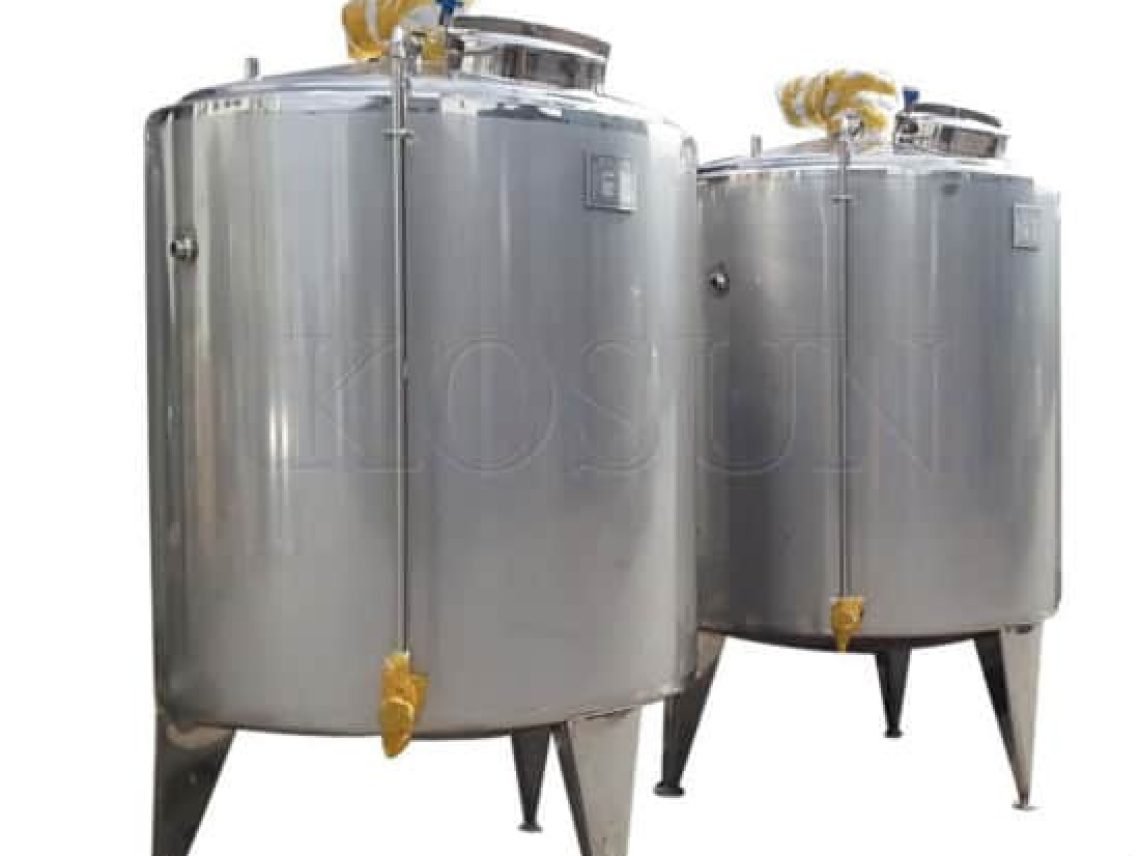Is glycol the Same as Coolant

Table of Contents
ToggleUnderstanding Glycol and Its Uses
What is Glycol?
Glycol is a type of alcohol used in various industrial applications. It is commonly found in antifreeze and coolant products due to its properties that prevent freezing and overheating. Two main types of glycol are widely used: ethylene glycol and propylene glycol.
Types of Glycol: Ethylene and Propylene
- Ethylene Glycol: Known for its superior thermal properties, ethylene glycol is highly effective in preventing engine freezing and overheating. However, it is toxic and requires careful handling.
- Propylene Glycol: This type is less toxic and often used in applications where lower toxicity is a priority, such as in food processing and pharmaceuticals.
What is Coolant?
Definition and Purpose of Coolant
Coolant, often referred to as antifreeze, is a fluid that circulates through an engine to prevent it from overheating and freezing. It typically contains glycol, water, and other additives to enhance its performance.
Types of Coolants Used in Various Industries
Coolants are used in automotive engines, industrial machinery, and HVAC systems. The specific formulation of coolant can vary depending on the application, but the goal is always the same: efficient heat transfer and system protection.
Comparing Glycol and Coolant
Chemical Composition Differences
While glycol is a component of coolant, not all coolants are made solely of glycol. Coolants typically include a mix of water, glycol, and other additives to enhance their thermal and protective properties.
Thermal Properties Comparison
- Glycol: Excellent thermal stability, making it effective in both high and low temperatures.
- Coolant: Optimized for a balance of thermal properties, providing efficient heat transfer and protection against freezing and boiling.
Need a reliable partner?
FAQ: Is Glycol the Same as Coolant?
What is the primary difference between ethylene glycol and propylene glycol?
Ethylene glycol and propylene glycol both serve as coolant components, but they differ in properties. Ethylene glycol transfers heat more effectively and prevents freezing, which makes it a common choice for automotive and industrial systems. However, it’s toxic and requires careful handling. In contrast, propylene glycol is less toxic and easier to handle, so it works well for food processing and other uses where safety is a top priority.
How often should glycol-based coolants be replaced?
The replacement schedule depends on the glycol type and the application. In automotive engines, experts recommend replacing the coolant every 30,000 to 60,000 miles or every two to five years. Industrial systems often follow different timelines. Always check the manufacturer’s guidelines and test the coolant regularly to ensure it’s still effective.
Can I mix glycol-based coolant with water?
Yes, you can mix glycol-based coolants with water to balance freeze protection and heat transfer. Most systems use a 50/50 blend of glycol and water, which provides reliable, all-around protection. You can adjust the mixture based on climate and specific needs. Always follow the coolant manufacturer’s recommendation for the best ratio.
Is glycol environmentally friendly?
The environmental impact of glycol depends on the type used. Ethylene glycol is toxic and can be harmful to the environment if not disposed of properly. Propylene glycol is less toxic and more environmentally friendly, but it still requires proper disposal. Both types of glycol should be handled and disposed of according to local regulations to minimize environmental impact. Additionally, there are biodegradable glycol options available that offer a more eco-friendly alternative.
What should I do if I spill glycol-based coolant?
If you spill glycol-based coolant, it’s important to clean it up immediately to prevent environmental contamination and potential health hazards. Use absorbent materials like sand or cat litter to soak up the spill, then dispose of the absorbent material in accordance with local regulations. For larger spills, contact your local environmental protection agency for guidance on proper cleanup procedures. Always wear protective gloves and eyewear when handling glycol-based coolants to avoid skin and eye irritation.
Solutions
In the realm of industrial solutions, Red River emerges as a pioneer, offering a diverse range of custom-engineered products and facilities. Among our specialties is the design and production of Custom/OEM Pressure Vessels, meticulously crafted to meet individual client requirements, ensuring performance under various pressure conditions. Our expertise extends to the domain of prefabrication, where Red River leads with distinction.
The company excels in creating prefabricated facilities, modules, and packages, reinforcing its stance as a forerunner in innovation and quality. This proficiency is further mirrored in their Modular Skids offering, where they provide an array of Modular Fabricated Skid Packages and Packaged equipment. Each piece is tailored to client specifications, underlining their commitment to delivering precision and excellence in every project they undertake.
